Tokyo dazzles visitors with sky-piercing towers and electronic wonders, but the metropolis keeps its soul tucked away in overlooked corners. Between hectic crosswalks and packed train cars, travelers with patience find the tiny treasures that tell Tokyo’s real story.
Truth is, these small discoveries often become what you’ll remember years after your trip. Got an eye for detail? Here’s what to hunt for in Tokyo if you’re someone who values life’s quieter pleasures.
Manhole Cover Designs

Look down! There’s an accidental museum right under your feet – Tokyo’s cast-iron manhole covers don’t just cover sewers, they celebrate neighborhoods. Each district sports unique designs – Sumida features its famous Skytree tower with floating cherry petals, while Tama shows off cartoon characters born there.
Started as a 1980s beautification project, these functional artworks now draw their own tourists. Some collectors even make brass rubbings to take home; others just snap photos of their favorites.
Seasonal Convenience Store Items

Tokyo’s konbini stores function as barometers of time – their shelves constantly cycle through limited-edition treats that locals anticipate eagerly. Winter brings sweet potato everything. Spring? Sakura-flavored madness from beer to chocolate. The packaging alone – often wildly artistic – makes these temporal treats worth grabbing.
Connoisseurs track release dates like others follow fashion drops; it’s a delicious way to experience how deeply seasonal awareness runs through Japanese life.
Train Station Jingles

Miss the musical signatures at Tokyo train stations and you’ve missed an ingenious navigation system hiding in plain sound. Each station plays unique departure melodies – from eight-note electronic ditties to haunting piano phrases.
Developed for visually impaired travelers, these audio signatures now mark territory more effectively than any sign. Shinjuku’s wistful tune sticks with you; Ebisu’s upbeat jingle welcomes you home. Locals don’t consciously notice anymore – but they’d miss them fiercely if they disappeared.
Like Travel Pug’s content? Follow us on MSN.
Architectural Cat Details
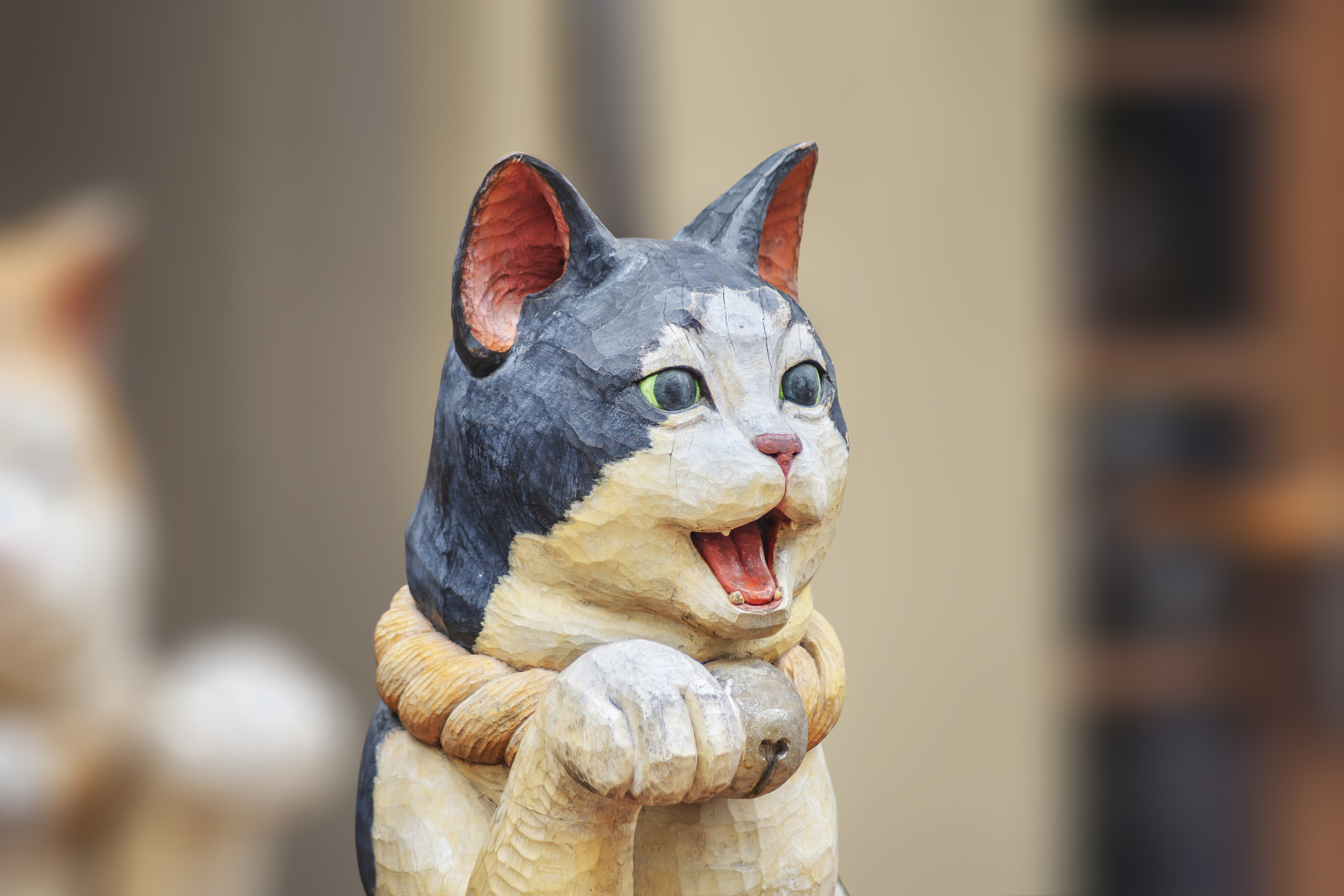
Tokyo’s buildings speak volumes about the city’s relationship with cats – if you notice the subtle architectural accommodations made for them. Old neighborhoods feature “nekoguchi” – cat-sized arched passages built into walls and fences letting felines roam freely between properties.
Modern apartments incorporate exterior ledges designed specifically as cat highways. Even humble corner shops maintain discrete water bowls – a centuries-old coexistence playing out across the urban landscape through these thoughtful adaptations.
Vending Machine Personalities

One machine per 23 residents makes Tokyo the vending machine central – but they’re hardly cookie-cutter contraptions. They’ve got personalities: seasonal costumes, dialect-specific voice recordings, quirky selection buttons worn shiny from thousands of thirsty fingers. The most charming machines bear handwritten notes – recommendations during heat waves or apologies when popular drinks sell out.
In winter, some machines steam dramatically when opened – hot drinks creating brief fog clouds in cold air, momentary street theater from mundane transactions.
Tiny Shrine Gardens

Wedged impossibly between glass towers – sometimes occupying plots barely bigger than parking spaces – micro-shrine gardens maintain ancient spiritual ground despite skyscraper shadows. Gardens measuring less than ten feet across somehow contain perfectly proportioned stone lanterns, meticulously pruned maples, and moss-covered rocks arranged with centuries-old precision.
These green pockets create temporal confusion – spiritual practices refusing to yield to urban expansion. Some have stood their ground for hundreds of years; developers simply build around them.
Like Travel Pug’s content? Follow us on MSN.
Omikuji Paper Fortunes
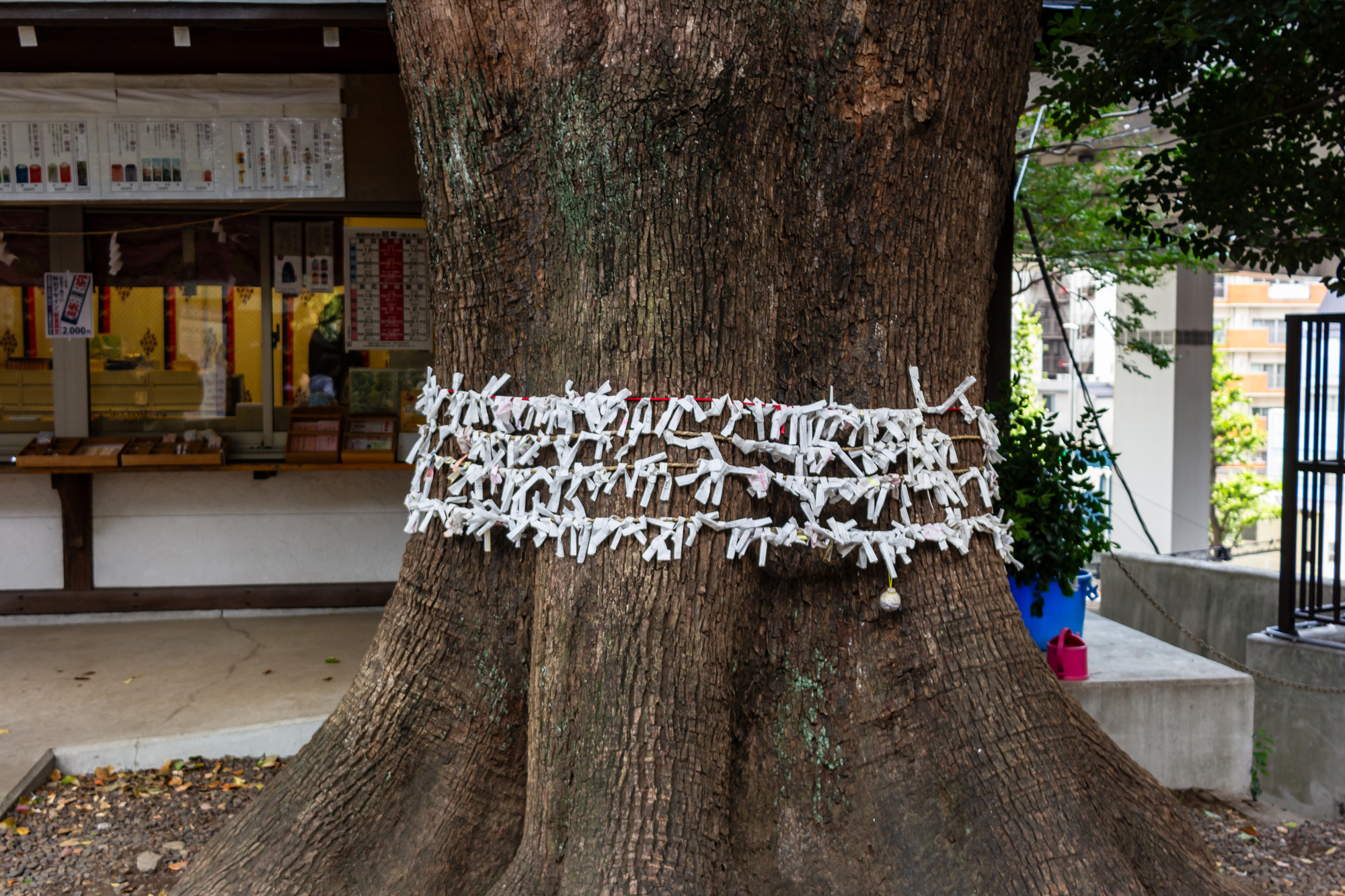
Temple fortune papers transform into communal art installations across Tokyo – after visitors read their predictions for health, love, or success. Those receiving inauspicious forecasts tie these slips to designated pine branches or metal racks – symbolically leaving bad luck behind while creating fluttering white displays that evolve hourly.
Sensoji’s trees sometimes bend under thousands of bound prophecies; caretakers must periodically remove them to prevent damage. This practice turns private divination into public expressions of collective hope.
Department Store Gift Wrapping

Nearly extinct elsewhere, complimentary gift wrapping survives as performance art in Tokyo department stores. Staff transform ordinary purchases using techniques requiring years to perfect – their hands moving so fast they blur. Most impressive?
The lack of tape. Precise folding and tucking techniques secure packages without adhesives, showcasing old-school Japanese problem-solving. Seasonal wrapping papers rotate according to traditional calendars; major stores compete for the most elegant designs. Many shoppers buy items simply to watch this precise ritual unfold.
Taxi Door Mechanics
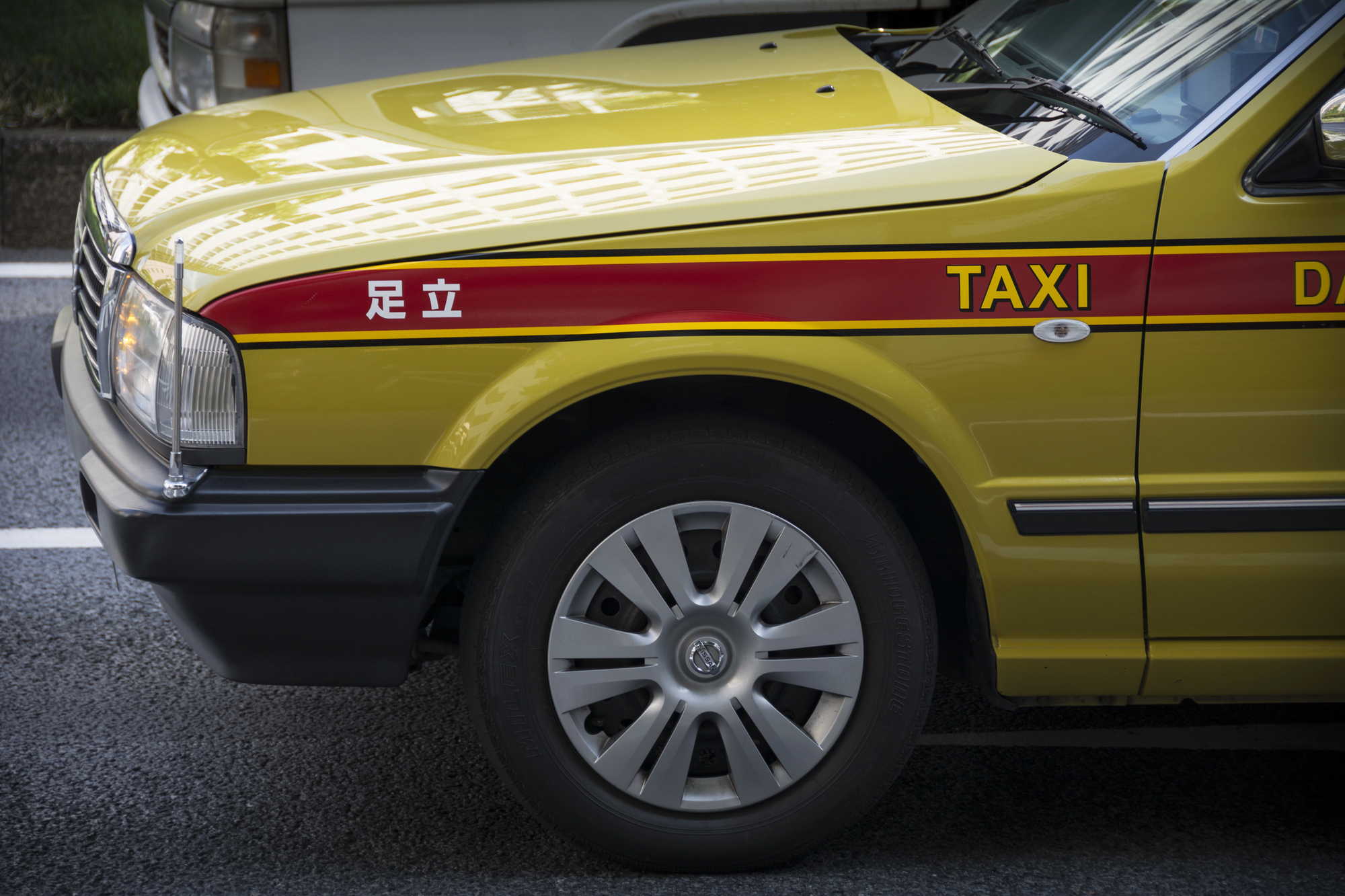
Tokyo taxis bewilder first-timers when doors swing open automatically – seemingly reading minds as passengers approach. Drivers operate these doors via foot pedals or dashboard controls – preventing customers from touching potentially dirty handles while showcasing Japanese hospitality through technology.
The doors close with whisper-precision, never slamming regardless of circumstance. Inside, white lace headrest covers change daily; drivers consider immaculate vehicles basic professional courtesy rather than special service.
Like Travel Pug’s content? Follow us on MSN.
Hidden Building Numbers

Tokyo addresses confound visitors because they follow construction chronology instead of street order – making building numbers into tiny historical artifacts. Address plates don’t just identify locations; they reveal neighborhood development patterns – which building came first, which came fifth.
Older districts maintain wooden number plates featuring beautiful calligraphy that connects contemporary spaces to their historical contexts. This seemingly confusing system actually preserves urban memory through everyday signage that most tourists walk right past.
Seasonal Subway Posters
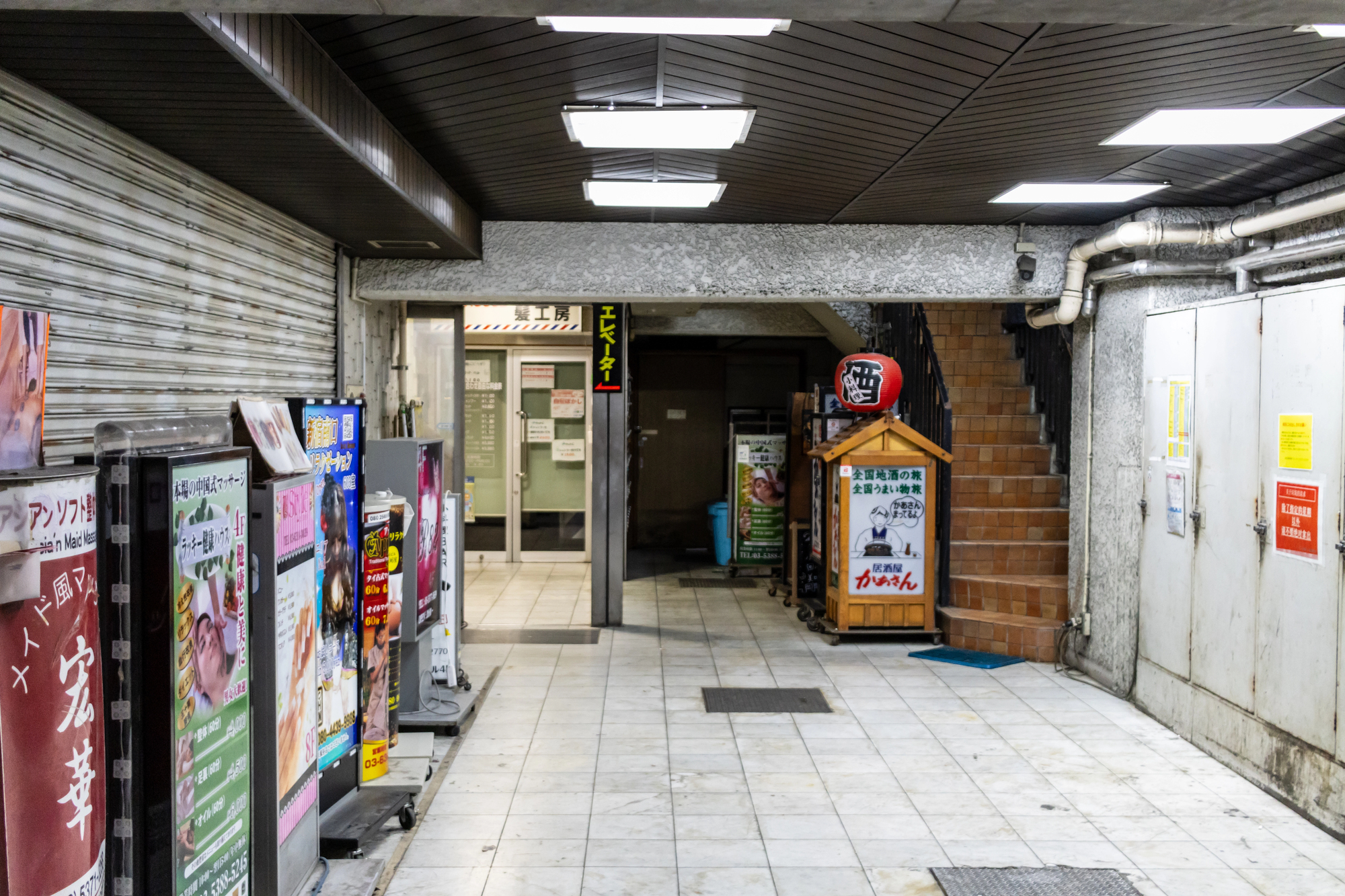
Below ground, Tokyo’s subway becomes an ever-changing gallery through monthly poster campaigns reflecting seasonal transitions. January shows Mount Fuji snow-capped and majestic. April brings cherry blossoms floating on temple ponds.
These images serve multiple purposes: beautifying utilitarian spaces, providing subtle seasonal reminders, helping underground commuters maintain a connection with natural cycles despite spending hours beneath concrete daily. Local photographers anticipate each month’s releases, sometimes collecting complete series spanning years.
Architectural Downspout Details

Rain flows differently in Tokyo because architects transform mundane drainage into whimsical water features. Copper downspouts curve into deliberate shapes, often terminating in decorative collection vessels or sculptural elements that activate during storms.
Contemporary buildings incorporate rainfall as design elements, creating intentional pathways where water becomes visible performance rather than hidden infrastructure. This attention reveals a philosophical approach where even practical necessities deserve aesthetic consideration – challenging the Western separation of function from form.
Like Travel Pug’s content? Follow us on MSN.
Personal Hanko Stamps
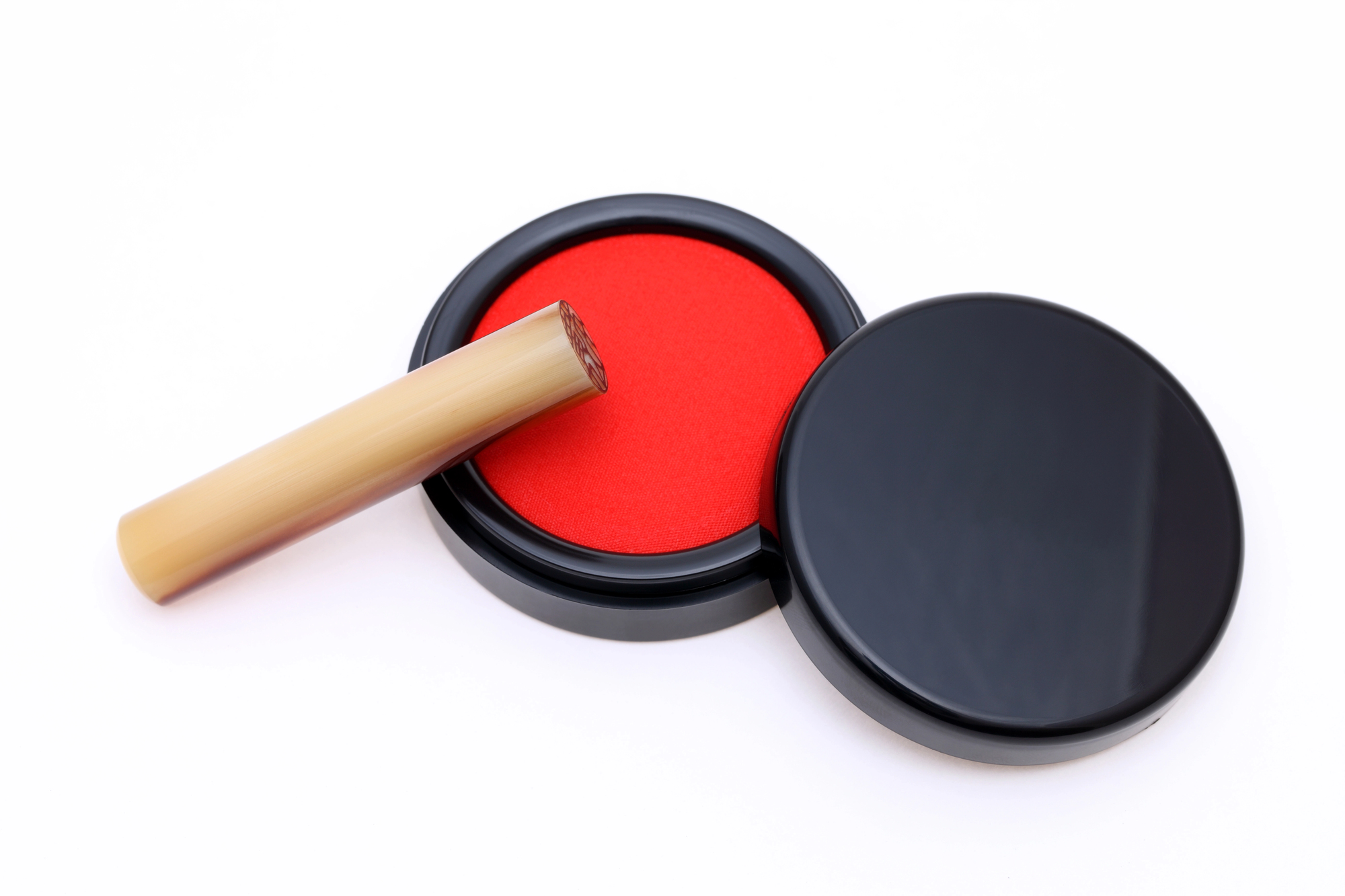
Most Tokyo residents carry identity in cylindrical form – personal seal stamps called hanko used instead of signatures on everything from package deliveries to bank documents. In stationery shops, skilled artisans sit behind special counters, carefully carving tiny identity stamps—called hanko—from materials like plastic or even semiprecious stone.
The red stamp left behind captures a person’s identity in just a few characters, simple yet deeply personal. Some hotels in Tokyo even offer temporary hanko to foreign visitors, giving them a chance to experience this refined tradition that gracefully connects Japan’s history with the demands of modern life.
Morning Shop Rituals
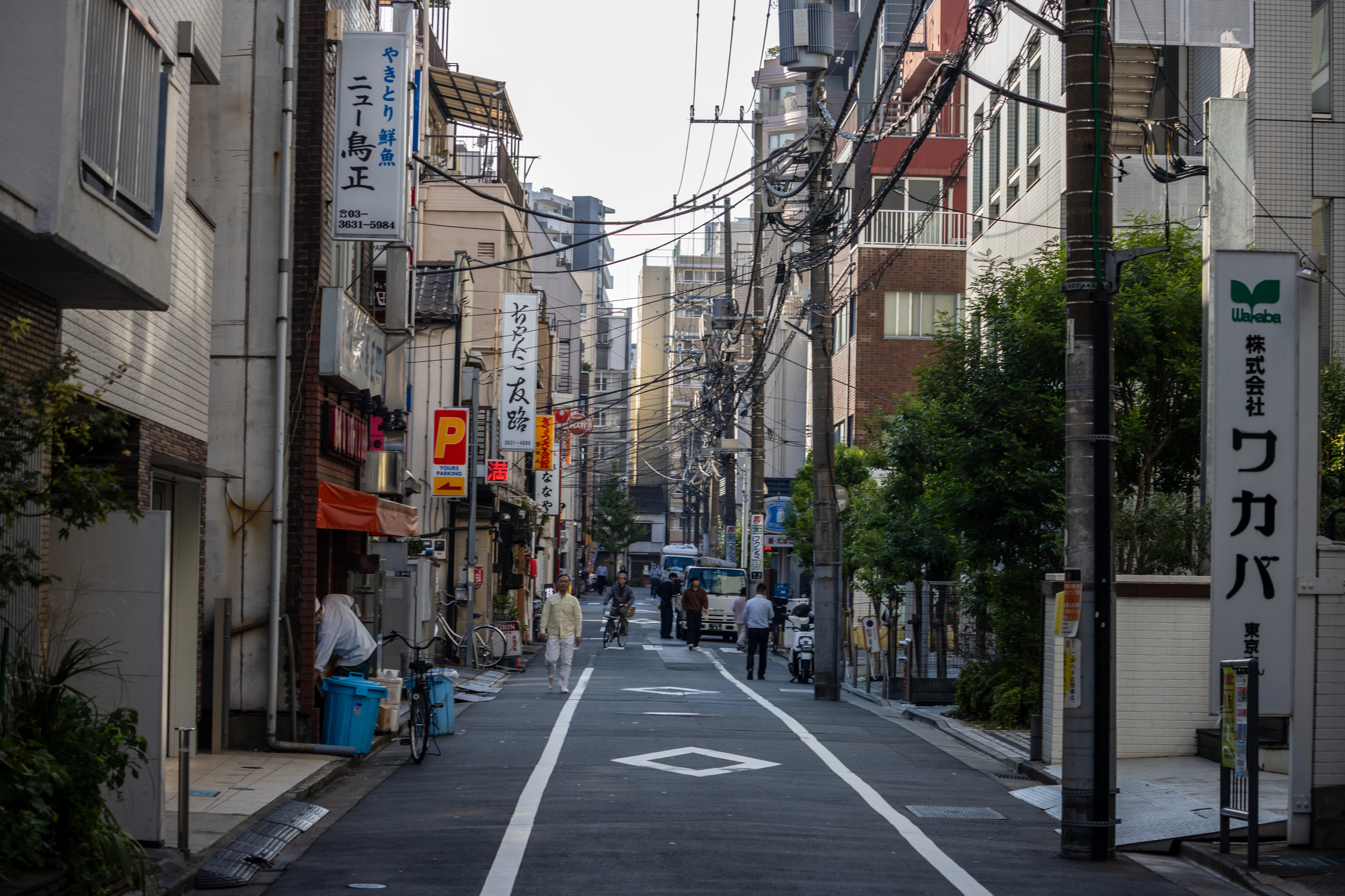
Wake early in Tokyo to witness shopkeepers’ beautiful daily ceremonies preparing their spaces. Traditional establishments begin by washing not just their doorsteps but portions of the public sidewalks – blurring boundaries between private business and community space.
Many shops maintain tiny Shinto shelves where owners make morning offerings before opening. These morning routines demonstrate how commercial enterprises function as extensions of personal space rather than mere profit centers.
The meticulous preparations reflect broader cultural values about responsibility toward shared urban environments.
Origami Receipt Folds

Watch carefully during smaller Tokyo transactions when cashiers transform ordinary receipts into origami shapes before handing them over. Quick practiced movements convert paper slips into neat envelopes, triangular holders, or tiny geometric forms that fit perfectly between fingertips.
This small courtesy elevates routine exchanges into mindful moments between two humans. The folded shape protects printed information while simultaneously turning a mundane record into a momentary gift – embodying hospitality within the briefest interactions most visitors would otherwise forget immediately.
Like Travel Pug’s content? Follow us on MSN.
Noticing Tokyo’s Hidden Poetry
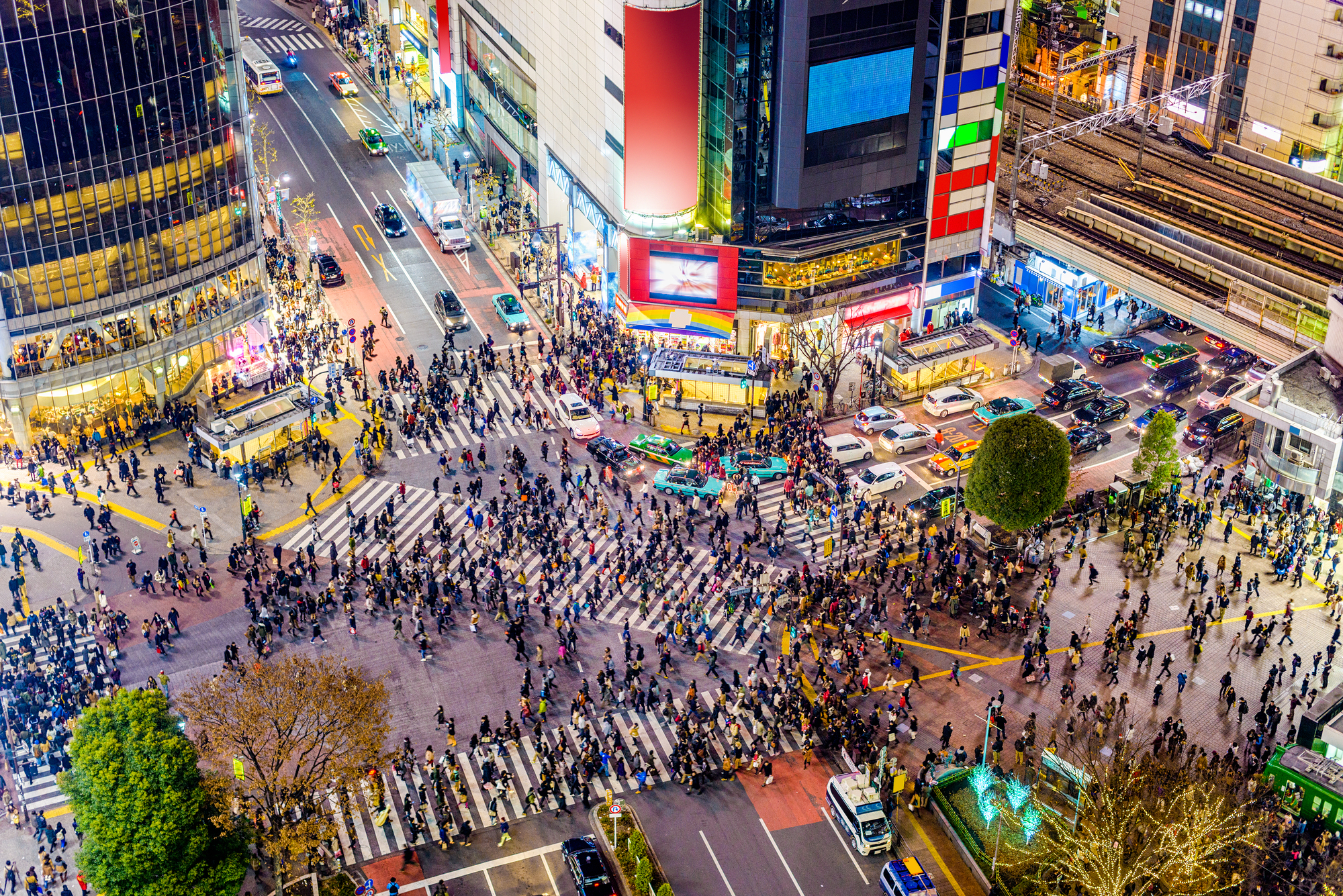
These fifteen quiet details reveal Tokyo’s true character – a place balancing technological advancement with profound human consideration at microscopic scale. The city rewards patient looking with discoveries no guidebook adequately captures. Through these miniature encounters, travelers connect with Tokyo’s essence: efficiency coexisting alongside beauty in daily life.
Perhaps the most valuable souvenirs aren’t purchased but observed – collected moments that forever change how you’ll see cities back home.
More from Travel Pug

- Cities Growing so Fast You Won’t Recognize Them in 10 Years
- 13 Destinations Where Tourists Regularly Regret Their Trip
- 20 Obscure WWII Sites Even History Buffs Don’t Know About
- 10 Under-the-Radar Mountain Towns That Are Both Affordable and Beautiful
- Remote Villages in Europe Where You Can Live for Free in Exchange for Work
Like Travel Pug’s content? Follow us on MSN.
